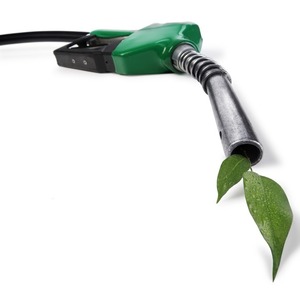Report: Philippines considers voluntary move to E15, E20 blends

February 6, 2023
BY Erin Krueger
The government of the Philippines is currently studying the possibility of allowing the use of gasoline blends containing up to 20 percent ethanol, according to a report filed with the USDA Foreign Agricultural Service’s Global Agricultural Information Network. The country currently has a E10 mandate in place.
The use of higher ethanol blends, including E15 and E20, would help the Philippines become less reliant on imports of refined petroleum products. The country’s Senate Committee on Energy in June 2022 advised the Philippines Department of Energy to consider the use of higher ethanol blends, according to the report.
Advertisement
The Philippines currently has only one oil refinery, which relies on imported crude oil and supplies approximately 20 percent of the country’s blended gasoline supply. Approximately 70 percent of the gasoline pool is met with imported refined petroleum products.
Moving to a voluntary E20 blend would force imported refined petroleum products to compete with imported ethanol, which would help lower pump prices and provide a safeguard against future oil price and supply shocks, according to the report. Increased ethanol demand would also incentivize domestic producers to increase production.
Advertisement
An annual biofuels report filed with the USDA in mid-2022 indicates that the Philippines currently has approximately 13 ethanol plants with a combined capacity of 426 million liters (112.54 million gallons). The country’s domestic ethanol producers process sugarcane and molasses feedstock. Fuel ethanol production was an estimated 360 million liters last year.
The Philippines consumed approximately 660 million liters of ethanol last year, resulting in a blend rate of 9.7 percent. In addition to domestic production, the country imported approximately 300 million liters of fuel ethanol in 2022. The U.S. was the top source of fuel ethanol imports in the Philippines in 2016 through 2021. Import data was not yet available for 2022 at the time of the report.
Related Stories
The U.S. Energy Information Administration maintained its forecast for 2025 and 2026 biodiesel, renewable diesel and sustainable aviation fuel (SAF) production in its latest Short-Term Energy Outlook, released July 8.
XCF Global Inc. on July 10 shared its strategic plan to invest close to $1 billion in developing a network of SAF production facilities, expanding its U.S. footprint, and advancing its international growth strategy.
U.S. fuel ethanol capacity fell slightly in April, while biodiesel and renewable diesel capacity held steady, according to data released by the U.S. EIA on June 30. Feedstock consumption was down when compared to the previous month.
XCF Global Inc. on July 8 provided a production update on its flagship New Rise Reno facility, underscoring that the plant has successfully produced SAF, renewable diesel, and renewable naphtha during its initial ramp-up.
The U.S. EPA on July 8 hosted virtual public hearing to gather input on the agency’s recently released proposed rule to set 2026 and 2027 RFS RVOs. Members of the biofuel industry were among those to offer testimony during the event.
Upcoming Events










